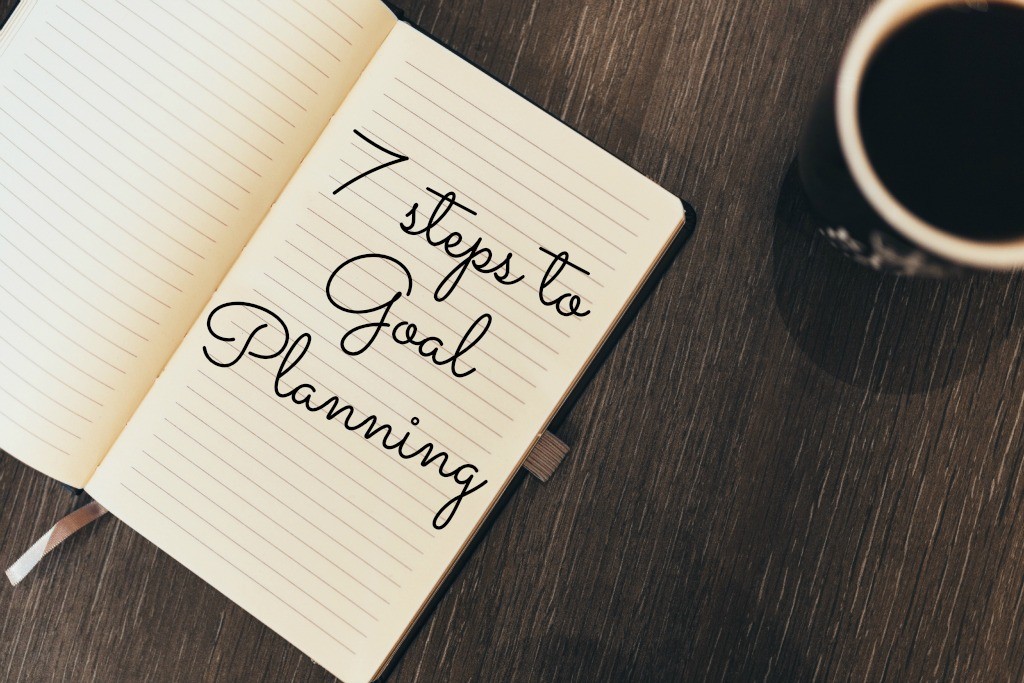(By Guest contributor former professional Tennis player and current coach Marianne Werdel Witmeyer. )
There are so many opportunities for kids in sports and it can be challenging for them to discover their passion, find the appropriate pathway and the necessary support that will be needed along the way. I think going into high school is a perfect time to have an athlete look at what they want to achieve and the work (blood, sweat, tears and hopefully a lot of laughs) that it will take to reach those goals. Here are my 7 steps for goal setting.
- Preparing for the process- I ask my students to write a short essay (by themselves with no guidance) on their long-term goals. Yes, it all starts with the teenage eye-roll. It need not be grammatically correct or specific in length. It just needs to be their own words and dreams. It is imperative that the goals are “the athlete’s” and not your interpretation or assumption of them as their parent or coach. You’ll be surprised at what they come up with when not prompted by an adult!
- Understand the “Target”- Your young athlete needs to know what they are aiming for. Where do they want to go and at what age? It is important they write the goal in the present tense or use the word “will” rather then the phrase “wants to”. When a student of mine wants to play collegiate tennis, the goal is stated “Target 18~ Susy will play Division 1 Tennis at the age of 18”. When a student wants to play professional tennis after college, the goal is “Target 24 ~ Susy will be Top Ten WTA Tour at the age of 24”.
- Research the steps needed to get to where they want to go- Your child needs to know the milestones along the way that will keep them on track for achieving their goal in the allotted time period. What tournaments do they need to win? What is the appropriate ranking in juniors for their goal? Do they want to be High School team captain? How about MVP? Selected for special teams and awards? What GPA or SAT is required for acceptance to the school? How about speed and strength training? And don’t forget to build in something fun!
- Plan the daily tasks – Now that they know the milestones, what do they need to do on a daily or weekly basis to achieve them. How many workouts each week? Will trainers or tutors be needed? Create a calendar and map out the week. Don’t forget rest days and days for just being a kid. Being organized can help to avoid burn-out and overtraining.
- Celebrate the steps along the way– Enjoy the process. If your young athlete isn’t able to have fun and enjoy what they are doing, then they need to re-think the path. Make sure they enjoy the feeling of accomplishment when they reach one of the milestone steps.
- Allow your Kids take ownership of their goals– The parent’s role is to support their child’s goal, remind them along the way and make sure their decisions are aligned with their goals. If the parent is micromanaging the athlete, they will never make it! I tell my parents that if the teenager can’t organize their practices and workouts or put in the effort needed without being ridden or reminded constantly, how do you expect them to organize their game strategy and mental skills to compete on the court by themselves! Micromanaging will only hinder their abilities to compete.
- Don’t be afraid to change the path- Don’t get stuck with goals that meant something at 14 but at 16 don’t make sense anymore. Rarely do people know what they want to do with their lives at a young age. Think back to what you wanted to do when you were 16. Is that what you are doing now? Remember that sometimes the goal hasn’t changed but the pathway needs to be adjusted. Don’t get stuck! My son spent middle school with a goal to play golf at Stanford. He worked very hard and improved his scores as he had planned. As he was preparing for high school, he realized in order to play golf at the collegiate level, he would have to stop playing other sports and possibly go the route of home schooling. As much as he loved golf, he wasn’t willing to give up everything else. He is now a 3-sport athlete, loving high school and wanting to play college football at Stanford. (Mom preferred the golf)
The parent’s job is to encourage and support their young athletes. It is your child’s job to know their target goal, the milestone steps needed to reach it and the structure needed to achieve on a weekly basis if they want to fulfill their dreams.
Adapted from:
Life Lessons from Centre Court at Wimbledon
Marianne Werdel is a former professional tennis player. She first picked up a racquet at the age of 4. She played at Stanford and then for 11-years on the WTA tour where she ranked in the top 50 players for 9-years. She is a mother of three boys and is sharing her wealth of knowledge and passion for tennis through her training, coaching and consulting business Marianne Werdel Tennis Performance
